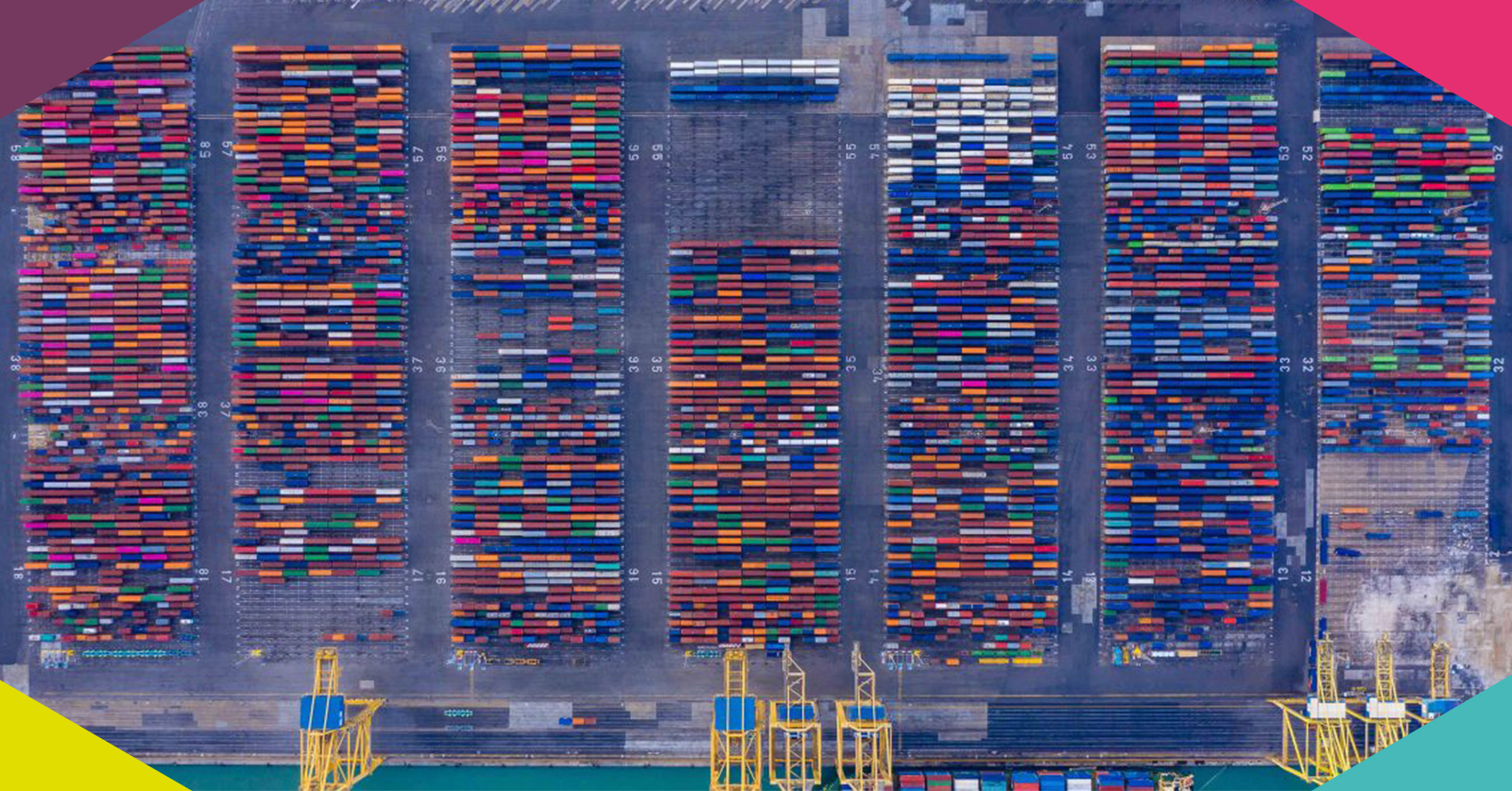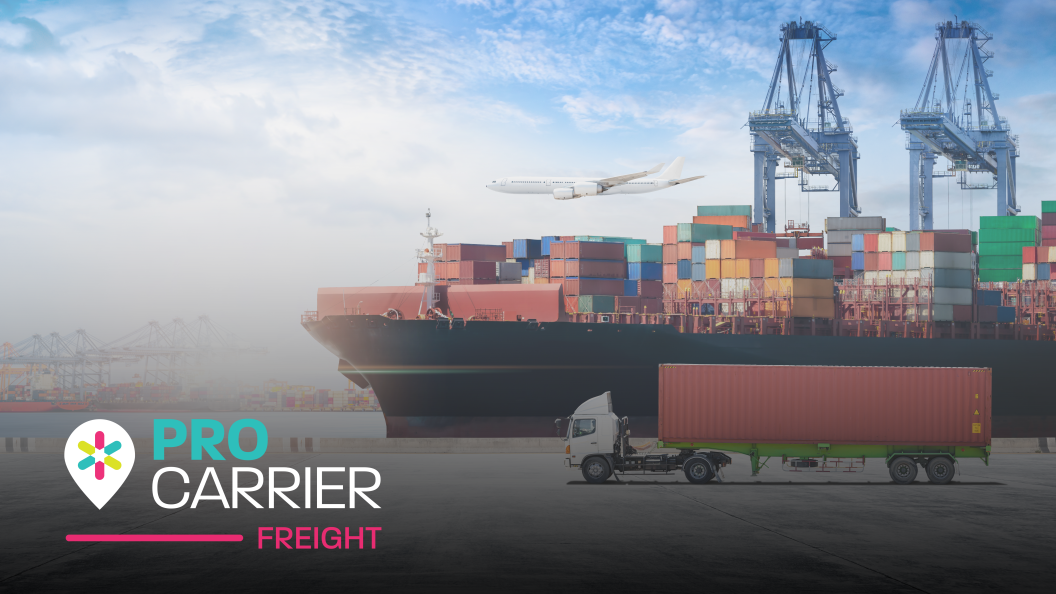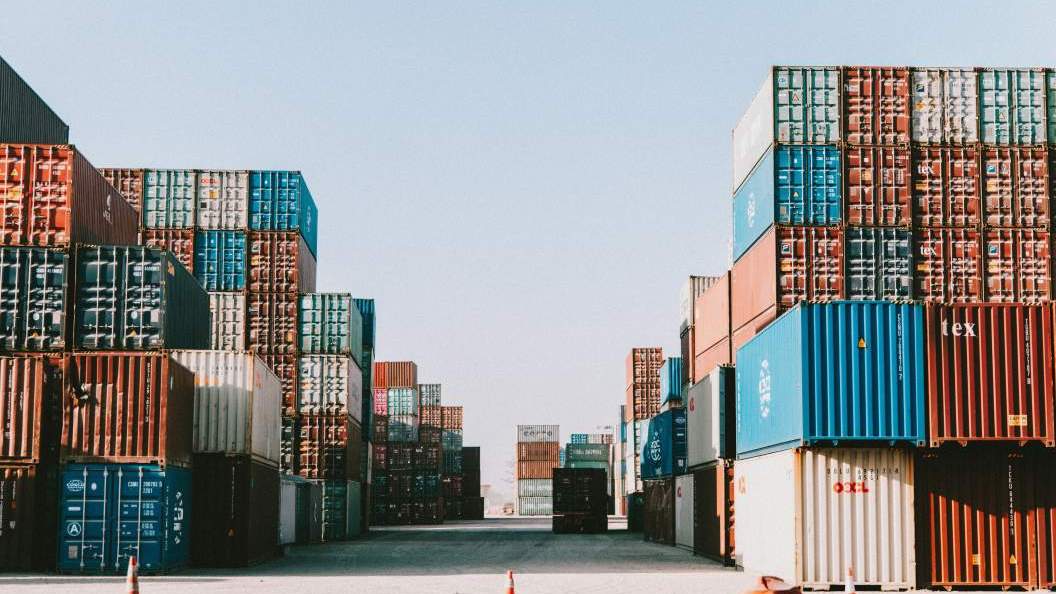Table of contents
- The Key Differences [Explained 2022]
- What is Multimodal Transportation?
- Advantages of Multimodal Transportation:
- Disadvantages of Multimodal Transportation:
- What is a Bill of Lading?
- What is Intermodal Transportation
- Advantages of Intermodal transportation:
- Disadvantages of Intermodal Transportation:
- When To Use Intermodal Transport?
- What Are The Requirements?
- Can Damage Happen During Transit?
- Could You Need Insurance?
- Important Differences Between Intermodal & Multimodal Transportation
- Intermodal Transport:
- Multimodal Transport:
The Key Differences [Explained 2022]
When it comes to the transportation of goods and materials, two terms are frequently used to define the modes of transport in the logistics world: Intermodalism and Multimodalism. At Pro carrier, we are freight forwarders who specialise in offering multimodal solutions, but it is our stern belief that anyone should be able to understand the difference between the two, which we outline is this handy article.
What is Multimodal Transportation?
In the most basic sense, multimodal transportation is the means to utilise multiple methods of transport to get goods from origin to final destination. This can be done via any mode of transport in freight in any combination which can be operated by either a single or multiple carriers along the way.
However, its important to note, either way this will likely be under a single contract or a Bill of Lading. Even if additional carriers are involved in the journey, one carrier assumes exclusive responsibility and ensures door-to-door delivery.
You can instruct your freight forwarder to set up a single contract for your company to use as an experienced agent. Freight agents like this are highly experienced with all the customs processes and would handle all of the negotiation while you only have one contract to oversee. The agent would also be responsible for coordinating loading, unloading, and managing any delays.
Advantages of Multimodal Transportation:
- Better use of infrastructure means faster and more efficient shipping
- Optimises and improves deadlines
- Reduces inventory costs
- More environmentally sustainable which lowers carbon footprint
- Reduces indirect costs
- Ability to monitor your shipment door-to-door
- Greater access worldwide
- Liability is held with a single transport carrier
- Reduced paperwork and overheads
- Centralised point of contact who manages whole process
Disadvantages of Multimodal Transportation:
- Additional costs including transhipments and handling etc
- There will be no negotiation between you and each carrier
- There may not be a choice of carrier for certain legs of the shipment process
What is a Bill of Lading?
A Bill of Lading is a type of legal document that is used when shipping goods to signal responsibility, accountability and liability.
When the goods are being shipped they are loaded and the Bill of Lading is given to the shipper, and upon delivery it is then given to the buyer/consignee.
This allows the shipper to release the goods and transfers ownership (thus the responsibility) of the goods to the buyer. The Bill of Lading also acts as a type of receipt to demonstrate the cargo has been fully loaded onto the vessel and then transported to the consignee.
What is Intermodal Transportation
Intermodal Transport is similar to multimodal transportation in that it still entails moving cargo (FEU and TEU containers) from origin to destination whilst utilising multiple modes of transport. However, where it differs from multimodal is that each mode of transport is operated under different carriers. This means that each leg of the journey requires independent contracts, unlike the single contract for multimodal transportation.
Ultimately, the intermodal strategy reduces cargo handling because very little effort is needed to move a shipment from haulage to a ship for example, which enhances security, reduces damage and loss, and speeds up some aspects of freight delivery.
Advantages of Intermodal transportation:
- The ability to negotiate the terms of your shipment individually with each company
- Shippers are able offer lower rates by choosing carriers for each mode of transport
- Gain flexibility and specialised handling when loading and unloading goods at various ports
- Increased security of good during transportation
- Greater access to equipment and control over selecting transit schedules and capacity
Disadvantages of Intermodal Transportation:
- The possibility for increased overheads as you will need to track multiple contracts with multiple service providers
- You may be held liable for delays as you will be working with multiple specialists – one company may not be aware of delays whilst another is
- The shipping process can take longer as the cargo is constantly being moved, especially if the specific mode of transport is slower or there is no straightforward route to the destination
- Disruption to one leg of transport can greatly effect or even halt the rest of the journey
- Possible damage can occur due to the shifting of the cargo
When To Use Intermodal Transport?
There are multiple factors that could mean you need to consider using intermodal transportation.
- When your goods weigh under 25 tons
- When your cargo has been labelled with intermediate value
- The journey is longer than 300 miles per day
- There is high volume of regular cargo flowing through the same travel route consistently
- If the organisation has the desire to reduce its carbon footprint
What Are The Requirements?
Whether you decide to use intermodal or multimodal transportation you will require one or more Bill of Lading and a Transportation Management System (TMS). This allows door-to-door tracking visibility for the shipper.
In multimodal transportation you only require one Bill of Lading which your multimodal transport operator (MTO) is responsible for issuing to you. However within intermodal transportation you will require a Bill of Lading for each carrier that you use during your shipment which can only be issued by the individual carrier.
Can Damage Happen During Transit?
There are several ways in which cargo can be damaged, stolen or lost during transit, across all modes of transport. This can depend on the type of packaging, the route taken to deliver, the effects of unexpected weather and certain piracy hotspots. Luckily you can purchase different types of cargo insurance to cover your goods from these issues. Most freight forwarders will offer cargo insurance as standard or there is the option to source this via a third party.
Could You Need Insurance?
As stated above you can take out insurance to cover your shipments from damages, piracy, or being lost. It is not a necessity but it is highly recommended to get insurance to cover your goods, especially for the shipper.
We have also written a blog discussing the topic: what is marine cargo insurance.
Important Differences Between Intermodal & Multimodal Transportation
To summarise both intermodal and multimodal transportation offer benefits, however when deciding which is best for you, you must evaluate the specific needs of your shipment such as length of the journey i.e.: how long will it take, or how much your cargo weighs etc.
Intermodal Transport:
- Multiple contracts and Bills of Lading with each carrier
- Flexibility and ability to negotiate different rates with different carriers
- Shipper holds liability
Multimodal Transport:
- Single contract and Bill of Lading
- Fixed rates for the journey
- Carrier holds total liability
If you are you looking for a partnership that focuses on quality rather than quantity? Talk to someone direct.
Contact us to start the conversation.



